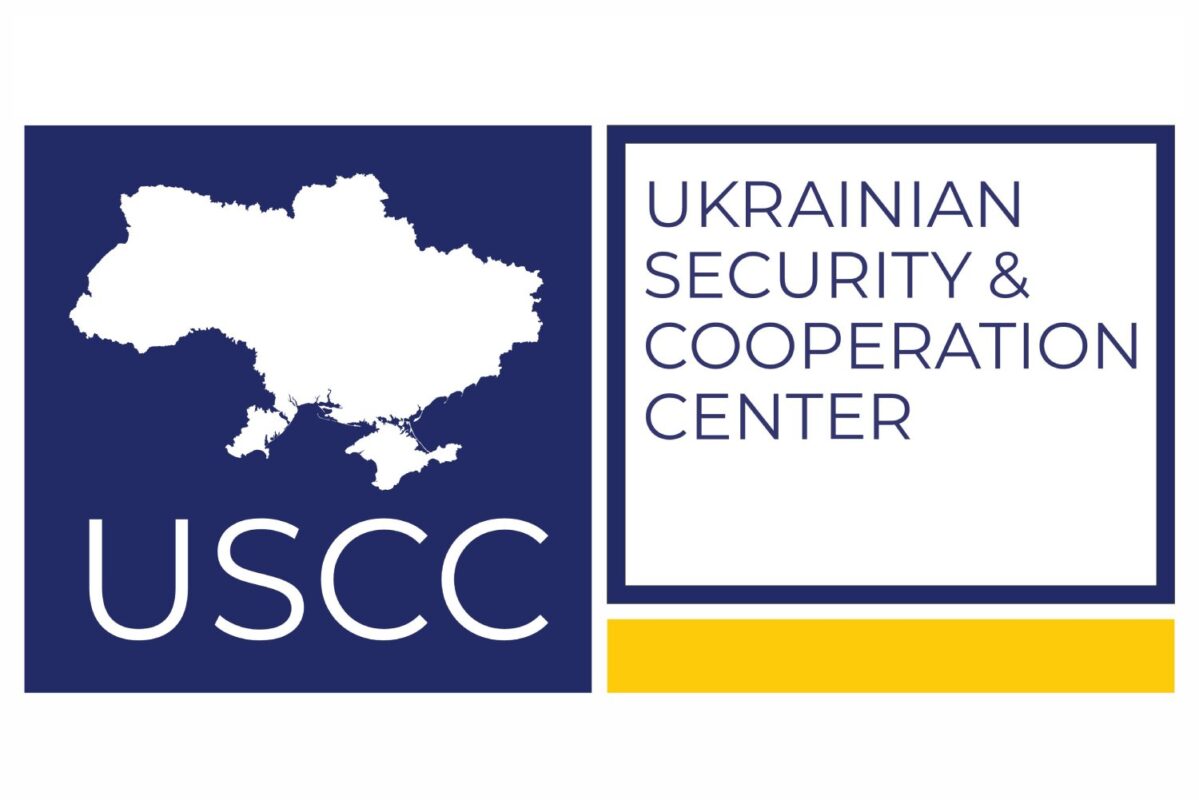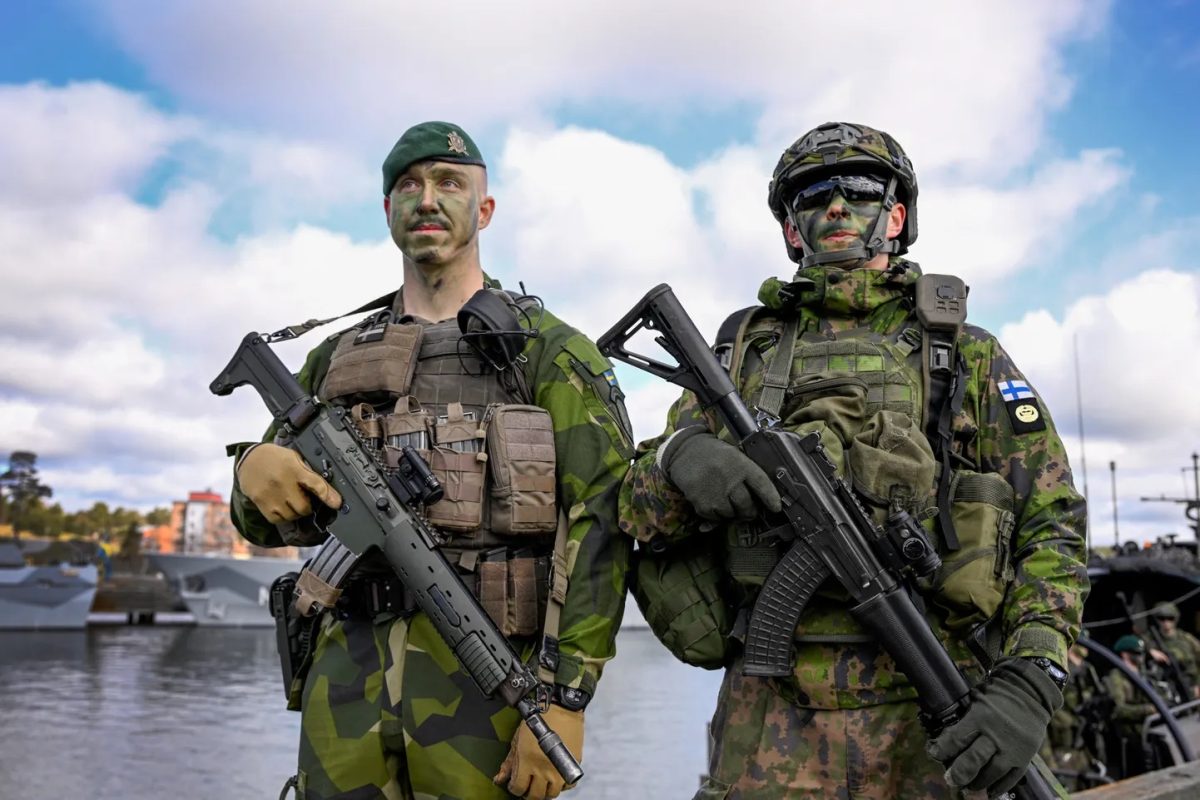It has been over a year since Suomi (the Finnish name for Finland) became the 31st member of NATO. After joining the North Atlantic Alliance, threats were made against Finland, including by Putin himself, who said that there had been no problems, but now there would be.
In response, Russia created the Leningrad Military District to deploy certain military units in the north. In particular, in September 2024 it became known that the Russian-Finnish border would be guarded by the Rusich sabotage and assault reconnaissance group together with the FSB. “Rusich” is a Russian neo-Nazi military formation, known for committing war crimes on the territory of Ukraine since 2014 until now. Last year, Rusich group and its leaders, Aleksey Milchakov and Yan Petrovsky (arrested in Finland), were subject to US sanctions for “extreme cruelty” during the fighting in the Kharkiv region. The EU also imposed sanctions on Rusich’s commanders in connection with the neo-Nazi group’s involvement in the Wagner PMC.
Nevertheless, Helsinki is sceptical of the threats, as the Kremlin’s army has been significantly weakened by the war in Ukraine, and the presence of Russian ground forces on the Kola Peninsula has been reduced by 80%. Russia has moved most of its military forces, which were concentrated on the border with Finland, into Ukraine. Published satellite images show that the garrisons and military bases of Russian troops are practically empty. In particular this applies to the location of the 138th Separate Motorized Rifle Brigade, the warehouses of the 216th base for the storage and repair of military equipment, and the 112th Guard Missile Brigade of the Russian Armed Forces.
It is worth noting that the 138th Separate Motorised Rifle Brigade was transferred to the Sever group in April 2024, which was created on the basis of the former group to cover the Russian border. Currently, Sever is engaged in the defense of the Kursk region, and before that, its units participated and continue to participate in offensive operations in the north of Kharkiv region, near the towns of Vovchansk and Liptsi.
The 112th Missile Brigade, which is armed with Iskander tactical systems, also took part in the war in Ukraine. In particular, its commander and other members of the brigade are accused of organising ballistic missile attacks on civilian and military infrastructure in Sumy and Kharkiv regions of Ukraine using Iskander systems.
Now, European countries, led by Finland, may raise the question of when and under what conditions these military bases will be filled with military personnel and weapons again. And if they do, what will happen next for Europe?
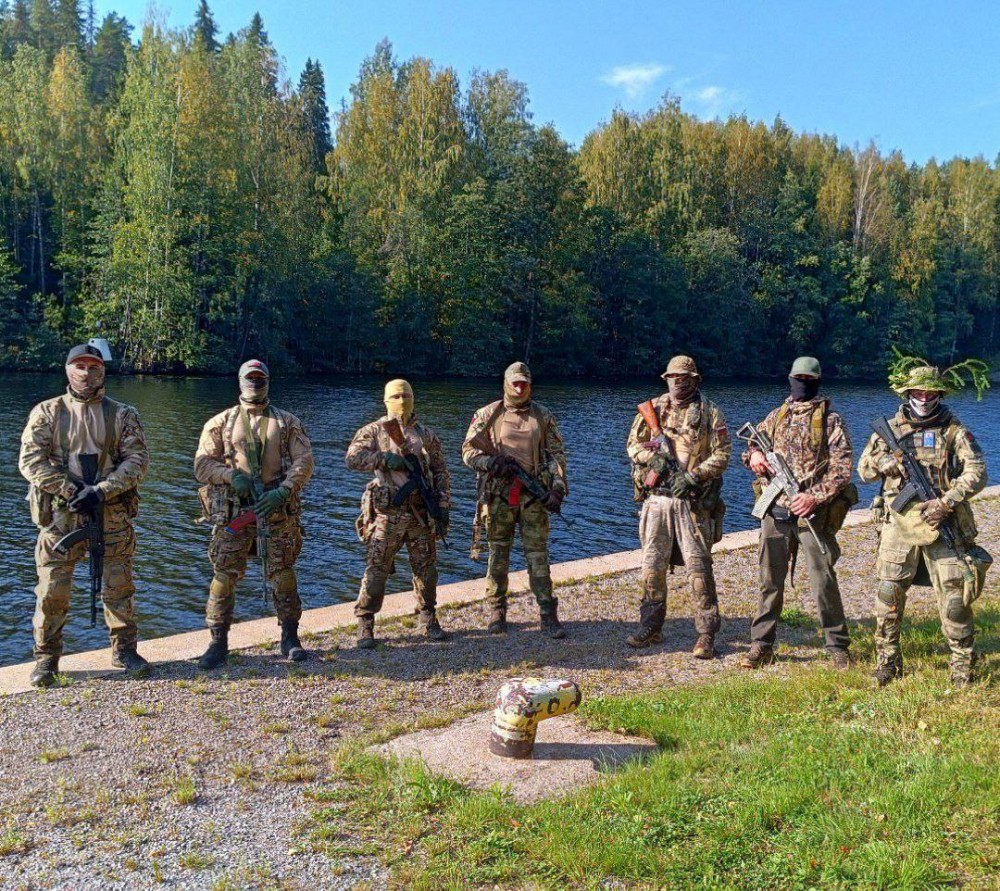
Rusich militants on the border with Finland. Source: telegram channel of the association
False security can lull you to sleep
According to Yle, Finnish intelligence estimates that Russia will need 3-5 years after the end of the war in Ukraine to restore the combat capability of its armed forces. Nevertheless, the security of European countries, especially NATO countries, can be misguided and lead to serious consequences. A striking example is Finland, which has the longest border with Russia among NATO member states and does not yet have NATO’s Forward Land Forces (FLF) on a permanent basis.
While 8 countries on the eastern flank of the Alliance have these forces permanently deployed, in Finland these units will be deployed for exercises and will be used to defend the country in case of a military threat. Lieutenant General Janne Jaakkola, commander of the Finnish Defence Forces, said that plans were still being developed for how the Alliance would organise its command structure and how allied forces could operate in Finland.
Negotiations are underway with the Alliance countries whose troops will arrive in Suomi. For example, Sweden is discussing the possibility of sending its troops to NATO’s multinational units to deploy and protect Finnish Lapland. However, it is already known that an agreement between Finland and the United States has been approved, according to which Finland opens 15 of its military facilities for possible use by US forces, and the US military may also be deployed in the country. The country will also host a headquarters that will manage the defense of the Nordic countries and cooperate with the United States Joint Operations Headquarters in Norfolk.
Commenting on the threat from Russia, Lieutenant General Janne Jaakkola said that “there is no direct military threat to Finland” and that the development of the situation depends largely on the course of the war in Ukraine.
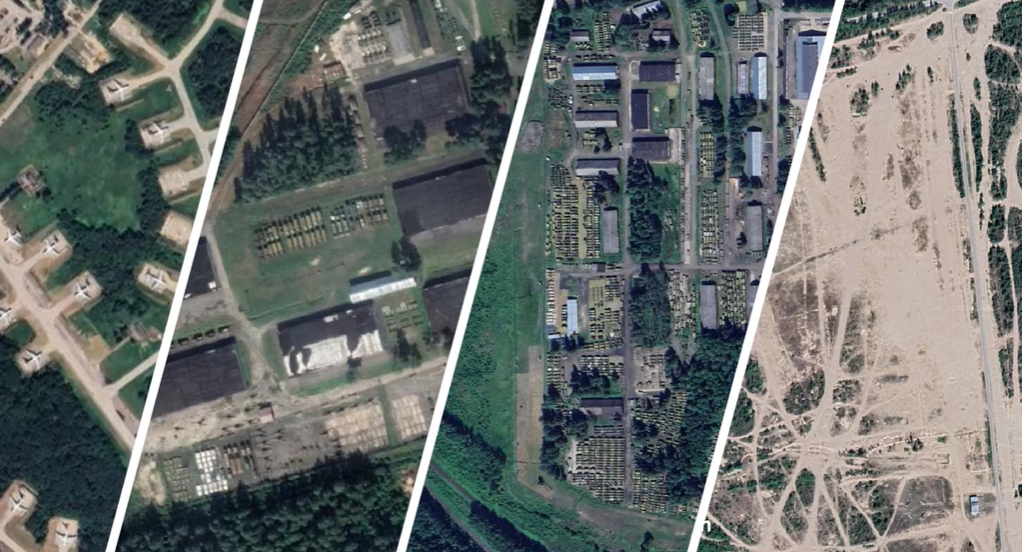
Satellite images of Russian military bases on the border with Finland. Source: YLE
A similar opinion is shared by the former chief of Finnish military intelligence and recently elected member of the Finnish Parliament, retired Major General Pekka Tovere, who believes that the Russians will not have the resources to build infrastructure, produce new heavy weapons and deploy a significant numbers of troops along the Finnish-Russian border by 2030.
Therefore, Finnish leaders reacted to Kremlin leader’s threats with restraint. At the same time, the risk of possible Russian aggression will remain high going forward. Against this backdrop, a number of security measures are illustrative: the closure of border crossing with Russia, new powers for the Border Guard Service to monitor radio communications, and a proposal to ban Russians from buying real estate in Finland, which Finnish officials believe is part of Russia’s attempts to influence Helsinki.
The threat of a Russian attack in the coming years
According to German intelligence analysis, the Kremlin could double its military power in the next five years and attack NATO countries in the near future. According to Business Insider, a German intelligence report claims that Moscow is preparing for a military conflict with the West, as evidenced by the restructuring of the Russian army, the movement of Russian troops and the deployment of missile systems in the west of the country. German intelligence has concluded that Putin is planning to attack at least some NATO countries, such as the Baltic states or Finland, in 2026.
German services have not yet made such specific statements publicly. Also, until now, most military experts have noted that Europe will have much more time to prepare for a confrontation.
In its annual report, the Lithuanian intelligence service also spoke of Russia’s preparations for a confrontation with NATO. According to their data, the course and outcome of the war in Ukraine will determine how quickly and on a large scale Russia’s military reform will be implemented. Western arms supplies to Ukraine play an important role in this.
Summarising the information available to European intelligence services, we can conclude that as long as Ukraine continues to fight against Russian aggression, peace will continue to prevail in the EU. The timing of a potential Kremlin attack depends on the Russian army’s ability to recover its losses and rebuild its military capabilities. This process of rebuilding the Russian army will take decades if Ukraine wins the war and a just peace comes; otherwise, if the war is frozen, the Kremlin will be able to recover its losses in the coming years.
Prompt peace in Ukraine – security of Europe and the world
Freezing the Russian-Ukrainian war at its current level risks a wider war in Europe and the outbreak of conflicts around the world. Russia will use this period of deceptive calm to build up its own forces and destabilise the internal political situation in Europe. As a result, the period of relative peace in Europe will end rather quickly.
It is clear that forcing Ukraine into “peace” on the Kremlin’s terms, as Putin has said, is a capitulation that will not contribute to stability in the region.
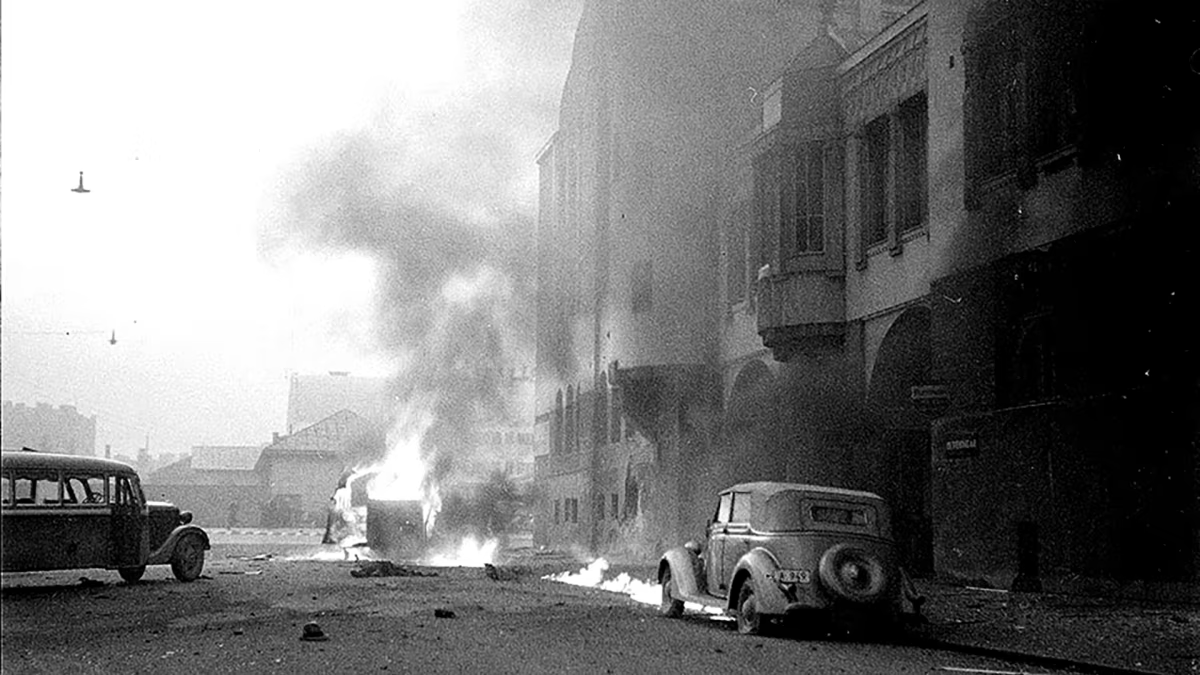
Helsinki at the beginning of the Winter War of 1939
The war in Ukraine is a test for the entire democratic world, which, although it drew conclusions after World War II, did not acknowledge Russia’s guilt in starting the Second World War or punish it for other wars, including the Soviet-Finnish one. It also forgot that the bloodiest war in human history began a week after Berlin and Moscow signed the Molotov-Ribbentrop Pact and then jointly occupied Poland.
Ukraine, with the support of its allies, has demonstrated its ability to resist a much stronger enemy who expected a quick, victorious war. Today, the Ukrainian army under the command of General Syrskiy is neutralising more than 1,000 occupiers every day, and the Ukrainian intelligence services DIU and SSU are attacking Putin’s army 1,000 kilometres from the front line.
But for years no country in the world, apart from the United States and China, has been able to resist Russia on its own. Despite the successes and dedication of the Ukrainian Defence Forces, without constant international military support, Kyiv’s defeat is only a matter of time. As will the question of the next country to be targeted by Kremlin. Therefore, by investing in the support of the Ukrainian Armed Forces, the West is also investing in its own security. And Finland is a good example of this.
Suomi is a country that is one of the leaders in the percentage of military aid to Ukraine as a percentage of its GDP. Since the beginning of the invasion, Helsinki has provided almost 3 billion euros in aid, which is equivalent to 1% of the country’s GDP.
Finnish President Alexander Stubb noted that Finns should get used to the fact that the war will come closer to Finland’s borders, as “it is not far to fly from Helsinki to Kyiv”.
Finns well remember the Molotov “bread baskets”, Russian cluster bombs that bombed civilian towns during the 1939 war. Finland responded with ‘cocktails’ for the Molotov. Today, modernised “bread baskets” explode over the heads of Ukrainians every day. So the main Ukrainian question to the world remains the same: what comes next – new cocktails or the destruction of the evil empire?
The article was published in The Moscow Times
Author: Olesia Horiainova. Co-founder and deputy head of communications at the USCC
